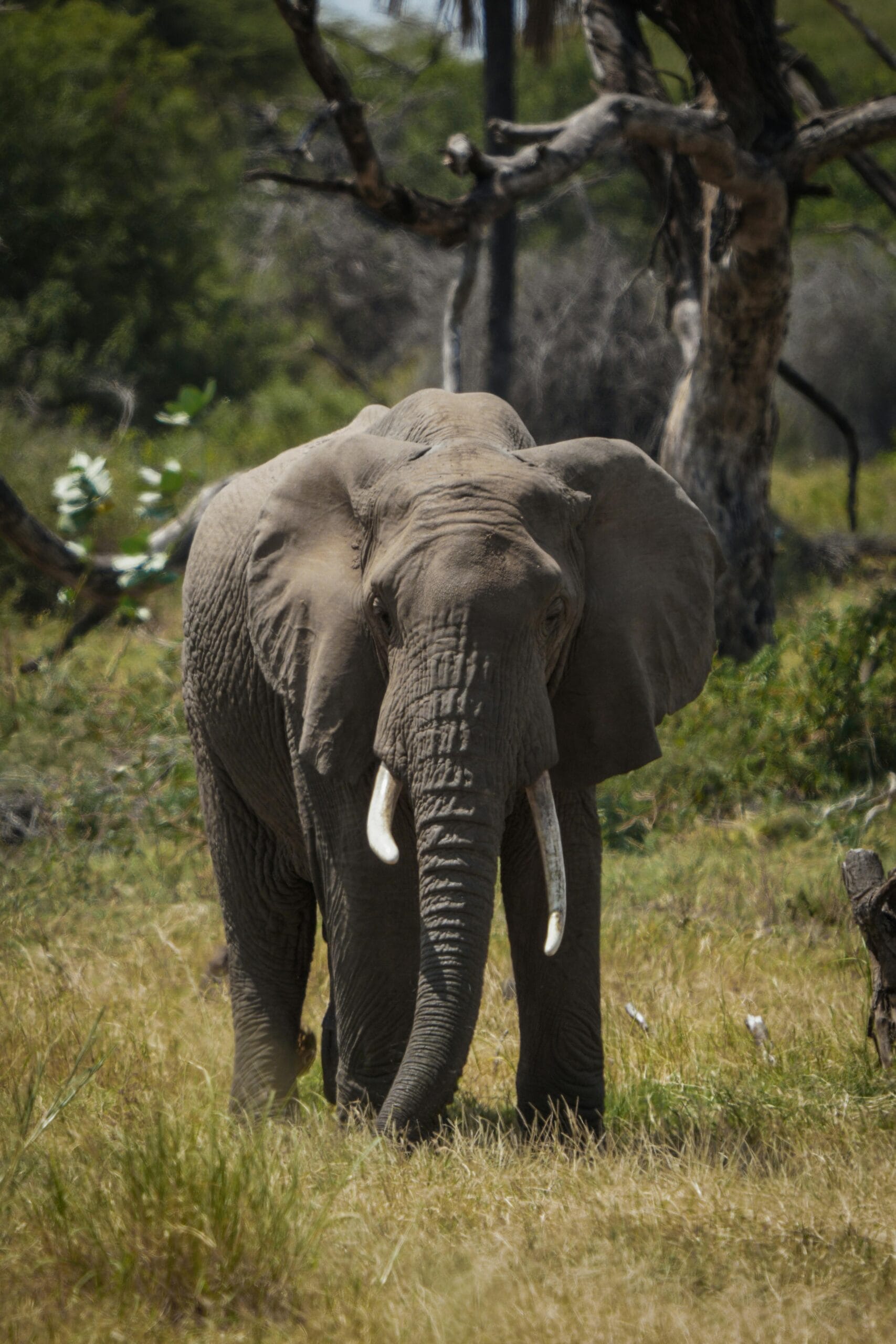Lake Manyara National Park, located at the base of the Great Rift Valley escarpment in northern Tanzania, is a stunning and diverse park known for its unique landscapes and abundant wildlife. The park is named after Lake Manyara, a shallow, soda lake that forms the park’s centerpiece, surrounded by dense forests, wetlands, and grassy plains. Its small size makes it ideal for a day trip, but the diversity and richness of the park’s ecosystems offer something for every type of traveler.

Wildlife in Lake Manyara National Park
Lake Manyara National Park is home to a wide variety of wildlife, including both terrestrial and aquatic species. The park’s distinct habitats—forest, wetlands, and grasslands—support a high density of animals, particularly during the dry season.
- The Big Five: While lions are less commonly spotted here compared to other parks in Tanzania, elephants, buffaloes, and leopards roam the park. However, rhinos are absent.
- Tree-Climbing Lions: Lake Manyara is famous for its tree-climbing lions, which are often spotted lounging in the branches of large acacia trees. These rare sightings are one of the park’s most unique features.
- Birdwatching: Over 400 bird species have been recorded in Lake Manyara National Park. The alkaline waters of the lake attract thousands of flamingos, making it one of the best birding destinations in Africa. The park also hosts other bird species, including the yellow-billed stork, pelicans, and various types of hornbills.
The Great Rift Valley Escarpment
The Great Rift Valley escarpment forms a dramatic backdrop to the park, offering a breathtaking view over the plains and Lake Manyara below. The escarpment provides perfect vantage points for capturing the scenic beauty of the park.
- Vantage Points: The most famous viewpoint is at the end of the park’s main entrance road. From here, you can admire panoramic views over the lake and surrounding landscapes. It’s a perfect spot for a scenic photo opportunity, particularly during sunrise or sunset.
The Lake and Wetlands
Lake Manyara itself is an essential part of the park’s ecosystem. While the lake is too alkaline for most fish species, it attracts a variety of water birds, especially during the rainy season when the lake expands significantly.
- Flamingos and Waterbirds: Flamingos are the highlight of the lake, often seen in huge flocks feeding on the algae and brine flies that thrive in the lake’s salty waters. Other waterfowl include pelicans, herons, and cormorants.
- Elephant Sightings by the Water: The park’s wetlands and riverine forests attract large herds of elephants, especially during the dry season when water is scarce in the surrounding areas. Game drives around the lake can yield spectacular close-up views of elephants and other wildlife near the water’s edge.
The Forest and Woodland Areas
The park’s woodland areas are rich in biodiversity. As you travel through Lake Manyara, you’ll pass through dense forests, home to several monkey species and a variety of bird species.
- Primates: Lake Manyara is home to troops of baboons and monkeys, including the blue monkey and the olive baboon, which can be seen foraging for food along the park’s roads or relaxing in the trees.
- Walking Safaris: Some areas of the park are accessible on foot with an experienced guide, providing a chance to explore the forest up close and spot smaller wildlife, such as chameleons, birds, and butterflies.
Lake Manyara National Park Activities
- Game Drives: The park’s diverse habitats offer excellent game-viewing opportunities. Early morning and late afternoon game drives maximize your chances of seeing wildlife when animals are most active. The park is easily explored by vehicle, allowing you to cover different ecosystems throughout the day.
- Bird Watching: The rich birdlife in Lake Manyara makes it a prime destination for birdwatchers. The flamingos, pelicans, and other species around the lake are particularly stunning during the migratory season.
- Walking Safaris: With prior arrangement, guided walking safaris are available to explore the park’s lush forest and wetlands, offering a more intimate experience with the environment.
- Cultural Experiences: In addition to the wildlife, visitors can also learn about the local cultures, including the Hadzabe, one of the last remaining hunter-gatherer tribes in the world.
When to Visit Lake Manyara National Park
- Best Time to Visit: The dry season, from June to October, is ideal for game viewing, as animals tend to gather near water sources like Lake Manyara. The wet season, from November to May, is great for bird watching, with migratory birds flocking to the park and the landscape becoming lush and green.
- Rainy Season: While the wet season can make some roads impassable, it is also when the park comes alive with vibrant flora and fauna, making it perfect for photography and nature lovers.
Why Visit Lake Manyara National Park with Future African Safari?
At Future African Safari, we offer tailored itineraries that allow you to experience the best of Lake Manyara National Park. From game drives and bird watching to cultural experiences, we ensure a seamless and unforgettable journey through one of Tanzania’s most unique and beautiful parks. Whether you are seeking the thrill of spotting tree-climbing lions, capturing stunning photographs of flamingos, or simply enjoying the serenity of the park’s landscapes, Lake Manyara promises an enriching safari adventure.

